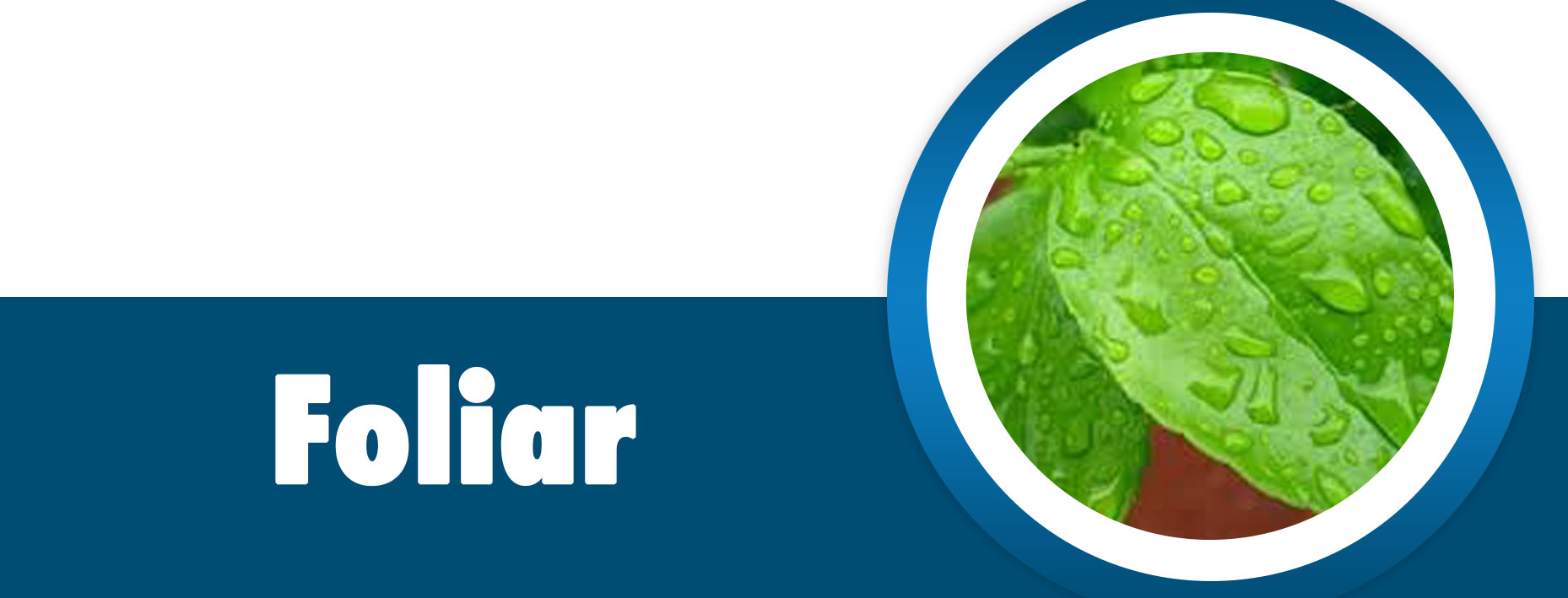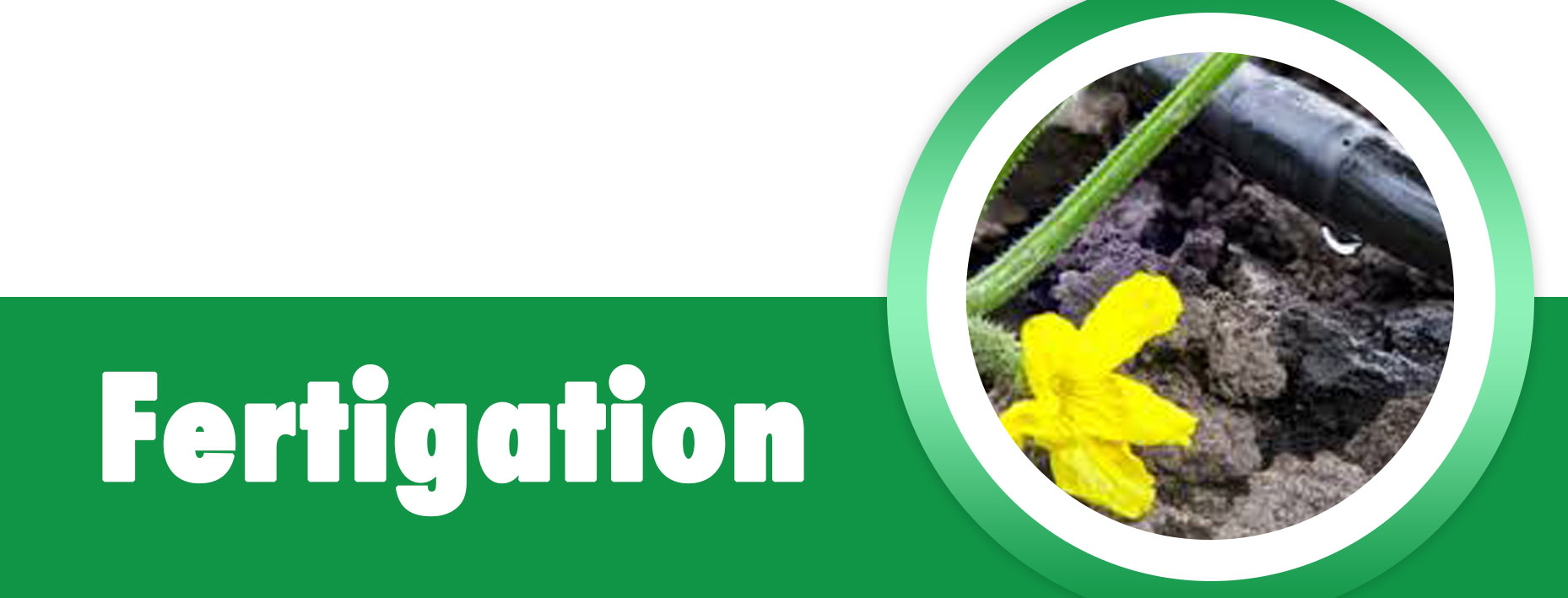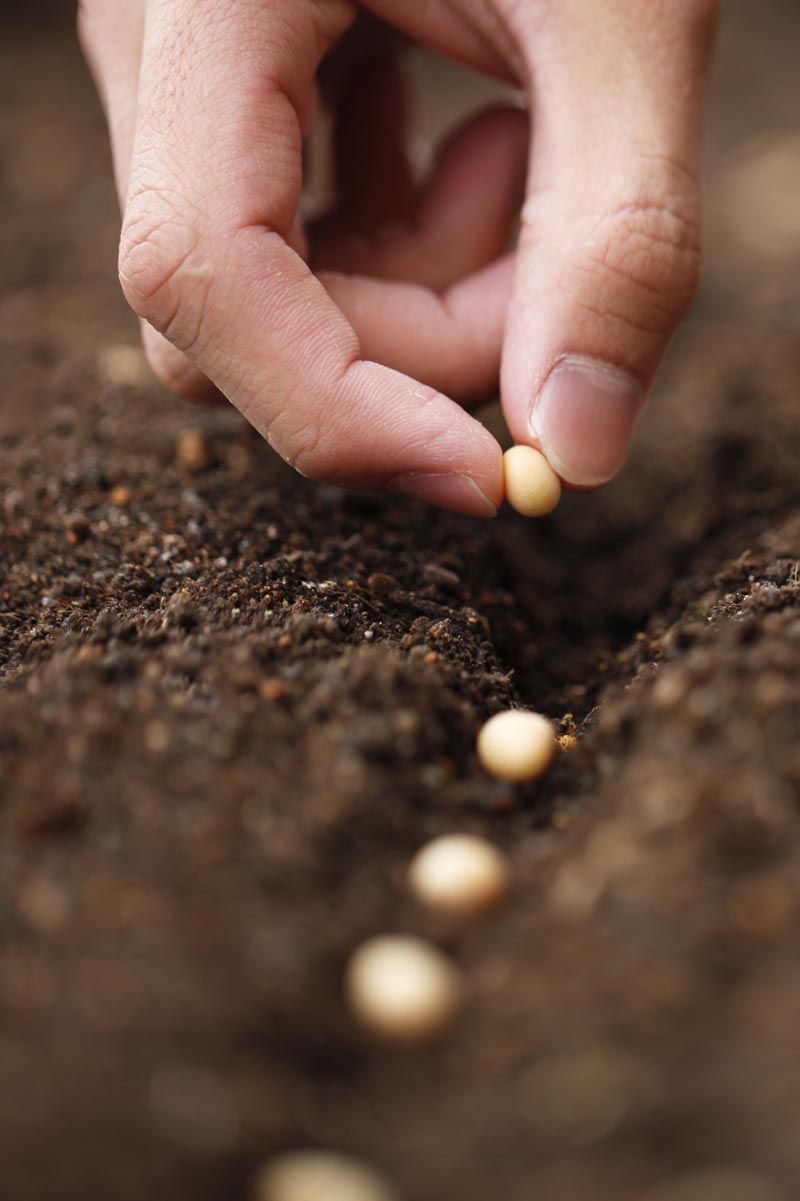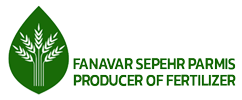Fertilizer Guidelines
Applications
Types of Methods Consumer Fertilizers
Foliar
Foliar spraying and spraying the solution prepared from fertilizer and water on plants, especially leaves (stem and fruit) is called foliar feeding. Most elements can be absorbed by leaves, but foliar application of some elements such as iron, zinc, manganese, calcium and nitrogen are very important. Foliar spraying is mainly used in unfavorable soil conditions (high soil pH or calcareousness, fixed elements in the soil) and the occurrence of deficiency symptoms.
Irrigation
In this method, fertilizer is used together with irrigation water, which is done by traditional irrigation (submerged) and modern irrigation under drop and rain pressure. The advice of experts is to use suitable fertilizers with the time and period of plant growth and to fertilize gradually in order to achieve a more efficient effect.
Seed Treatment
Seed Germination is a method that is used to increase the germination power and improve the initial growth of the plant, which is done by soaking the fertilizer and seeds before planting.
Deep Placement
Deep Placement is a suitable solution to compensate for the lack of fertilizer for trees. In this method, they dig holes near the roots of the tree and fill them with a mixture of organic, chemical and micronutrient fertilizers. Deep Placement time is done in autumn or late winter.
Considerations of fertigation

- Be sure to spray away from direct sunlight.
- The best time for foliar spraying is morning or evening.
- At the time of spraying, the wind speed should be minimal to avoid fertilizer wastage.
- Foliar spraying should be avoided when the plant is thirsty and dehydrated.
- It is recommended to do foliar spraying after watering.
- Foliar spraying should be done during the recommended growth period of the plant to show more effective performance.
- To increase the efficiency, spray the back of the leaves to increase the absorption rate.
- The pH of water and fertilizer solution is very important in foliar spraying and is effective in foliar spraying results.
- Foliar spraying in the form of fine misting and increasing the spraying pressure shows better results.
- Minimum dose of fertilizer should be used in areas with low humidity, hot and dry.
- Minimum dose should be used for rainfed crops. It is also recommended to spray before or after rain as much as possible. Therefore, it is important to follow up and be informed about the occurrence of rain by meteorology.
- In order to prevent the formation of stains, avoid spraying on bright colored ornamental flowers and spray on the stems.

Traditional irrigation system
- In this system, you can use a simple barrel consisting of a valve as the output of the fertilizer solution. You can dissolve the desired fertilizers in the barrel and enter the irrigation path.
- It is recommended to dissolve the desired amount of fertilizer in a barrel or tank with water and place it at the entrance of the water to the agricultural land. (due to the wideness of the barrel farm, it should be moved in different areas)
- After irrigating half of the land, the valve of the desired tank should be turned back so that the combination of fertilizer and water solution enters the ground. Also, the end of the ground should be closed to prevent waste of fertilizer.
- Due to more wastage and less efficiency of flood irrigation, the maximum dose of fertilizers should be used.
Drip irrigation system
- Before entering the fertilizer into the system, irrigation should be done for one hour and then inject the fertilizer into the system. Finally, let the water flow in the system for another hour to drain completely.
- Add the fertilizer gradually into the tank until it dissolves completely. If several types of fertilizers are used, each fertilizer should be added separately to the tank so that the desired composition becomes completely soluble.
- Due to the high efficiency of the drip irrigation system, the minimum dose of fertilizers can be used.
Rain irrigation system
- At the end of fertilizing, let water (Let water alone flow in the system) flow in the system for another hour to completely drain the fertilizer composition and not leave excess fertilizer on the leaves and prevent possible burns.
Hydroponic system
- For use in greenhouses with a hydroponic system, due to the acidity of the produced fertilizers, avoid adding double acid during consumption and measure the pH.

- The place of the hole should be around the shade of trees and be dug at a depth of 30 to 60 cm. So that young and active roots absorb more nutrients. It is better to create holes in the direction of water flow.
- Two to four holes should be dug for each fruit tree, but the number of holes varies depending on the type of tree, soil condition, tree age, etc. In dense gardens, a hole can be dug between two trees.
- After pouring the fertilizer mixture into the pits, the spilled soil is added to them.
- (due to high absorption) is suitable for late winter.
- It is possible to combine different manufactured fertilizers according to the advice of experts and the type of tree.
- The amount of consumption is different for immature and mature trees and the average weight for each tree is 10 to 100 grams.
Seed Treatment

For seed treatment, a certain amount of fertilizer should be dissolved in water and then the seeds should be added slowly. To mix fertilizer and seeds, you can mix it with a mixer or by hand. After uniform mixing, the seeds should be spread in the shade to dry.
To combine the fertilizer solution with the seeds, you can also use a sprayer and spray the fertilizer solution on the seeds and then dry them.
Absorbable phosphorus Fertilizer with organic matter and Chelated Zinc Fertilizer are used for Seed Germination at the rate of 200 grams of fertilizer per 200 kg of seeds.
Tips for Mixing Fertilizers and Pesticides :
It is recommended not to Mix Pesticides and fertilizers. use them in separate Foliar application. Because mixing reduces the effects of Pesticides and fertilizers.
- The pH of the combination of fertilizers with each other or with Pesticides should not be strongly alkaline or acidic.
- Avoid combining several types of different Pesticides with each other or with fertilizers.
- The combination of fertilizer and Pesticides should not create sediment in the tank and foliar spraying tank.
If it is necessary to combine a type of fertilizer and Pesticides, first combine some of them in a small container and if there is no strong reaction or cutting or gas production, use the desired combination. Then, if possible, spray a few trees or bushes with the obtained mixture first, and if no negative effects are observed after 3 days, spray the rest of the field, garden or greenhouse as well.
Avoid mixing fertilizers and Pesticides containing copper elements in the ingredients.
Avoid mixing fertilizer with fungicides.
It is preferable not to mix fertilizer with herbicides.
Mixing fertilizer with insecticides is generally unimpeded, but it is recommended to do a mixing test before use.
